Introduction: From Legacy Systems to Lending API
Lending API solutions are redefining how financial institutions overcome legacy constraints. For decades, lenders relied on monolithic loan origination systems built to support scale and compliance. But those very systems — once considered the backbone of growth — are now turning into barriers.
Product launches are delayed by weeks, sometimes months. Updating a credit scorecard requires coordination across multiple teams — a process that can be simplified using an agile Credit Scoring API purpose-built for automating underwriting logic.
Introducing a new partner or rule often means waiting for development sprints. And testing changes in a live environment? Risky, expensive, and often discouraged.
In today’s market, where Fintech start-ups can launch in days and digital-native lenders are rolling out new products every month, that kind of lag is no longer acceptable.
What leading lenders are realizing is this: your competitiveness is no longer defined by how many products you offer, but by how quickly you can adapt them through comprehensive digital lending platforms enabling rapid configuration.
And that requires rethinking the very architecture you run on — one increasingly powered by modular Lending Platform API ecosystems.
Why Traditional Lending Stacks Are Breaking Down
These systems:
- Lock business logic deep inside code
- Require months-long change cycles for even minor updates
- Cannot support experimentation or modular integrations
- Often depend heavily on IT and infrastructure teams for operations

In a world where customer expectations change weekly and regulators release new guidelines monthly, lenders need systems that allow them to respond, adapt, and deploy without delay — a capability delivered by modern Lending Platform API ecosystems ready for rapid regulatory response.
That’s why modern lenders — especially in the non-banking financial company segment and mid-sized banks — are moving to a new approach: API-first, componentized lending platforms powered by modular Lending API frameworks (see Forrester overview of the API-driven lending stack).
Understanding API-First in Business Terms
This is not a technical concept. It is a strategic one.
API-first platforms break your lending stack into configurable, interoperable components such as:
- Customer onboarding
- Know Your Customer verification
- Scoring and credit decisioning powered by a Credit Scoring API and Loan Decisioning API
- Rule-based policy engines
- Documentation and compliance workflows
- Disbursement and repayment modules
Each component can be modified independently through no-code loan automation platforms and, most importantly, without disrupting the entire system.
The result? A faster path to market. A smarter way to test new ideas. And a more resilient lending operation overall, thanks to a robust Loan Origination API connecting front-end processes to backend decisioning engines.
The Integration Advantage: Scoring, Partners, and Co-Lending Made Simple
Growth in lending today often hinges on how fast you can integrate. Whether it’s a new risk model, a fintech partner, a fraud detection service, or a co-lender — integration speed determines business speed. Lending API solutions enable this agility.
In legacy systems, such integrations require:
- Developer involvement
- Custom coding
- Test environments
- Multiple change management approvals
By contrast, an API-first Lending Platform API makes integration plug-and-play.
Imagine a scenario where adding a new Credit Scoring API provider is as easy as turning on a switch. Or where new compliance modules can be activated from a catalogue. That’s the kind of simplicity high-growth lenders are working with.
Case Example: Reducing Time to Market by 40%
A mid-sized non-banking financial institution in Eastern Europe wanted to reach small business borrowers with limited credit history. Their existing system supported only one bureau scorecard and could not adapt to alternate data sources without redevelopment.
They then moved to an API-first Loan Origination API platform and achieved:
- Integration of a new scoring partner through automated underwriting in three days.
- Improved approval rates by 23%
- New product launch in parallel within 10 days
- Portfolio loss rates reduced within two quarters
This is not just a technical win — it is a strategic one.
Simplifying Co-Lending Partnerships
Co-lending is a growth lever for many mid-tier lenders, but traditionally it has been slowed down by complexity in rules, reporting, and operations.
With a modern Lending Platform API, lenders can:
- Add co-lending partners from a pre-configured list
- Define risk-sharing and disbursement logic using business rules
- Automate reconciliation and compliance reporting
The result is a process that once took months now goes live in weeks — enabling lenders to expand capital availability without sacrificing control.
Modularity = Agility: Breaking the Stack for Faster Innovation
Whether the objective is to launch a Buy Now Pay Later product, redesign underwriting for self-employed borrowers, or test a new distribution partner, the game is the same: speed wins.

But speed is impossible when your technology stack resists change.
In traditional systems, even a small policy tweak — say, adjusting documentation for gold loans or adding a second-layer check for equipment finance — involves:
- Development effort
- Multiple team approvals
- Full deployment and testing cycles
- Often, core codebase changes
Modern Lending Platform API solutions solve this by letting business teams own change. Instead of development cycles, they enable configuration cycles. A product manager or credit lead can modify a policy, push it to sandbox, test it, and deploy — without writing a line of code – using no-code, configurable loan workflow platforms.
This creates a true product-led culture, where business users drive innovation.
Case Example: Accelerating Durable Loan Rollout
A digital lender in India needed to roll out a micro-ticket consumer durable loan with an alternative pricing model and customized merchant risk scoring powered by a Credit Scoring API.
Traditionally, this would have required:
- Four weeks of development
- A joint testing environment across teams
- Multiple meetings to review logic and deploy
Using a modular, API-first platform, the lender:
- Deployed a new rule via a no-code decision engine
- Plugged in a Loan Decisioning API for merchant profiling.
- Launched the new product in six days
- Performed A/B testing across different cities in parallel
The business outcome? Faster rollout, lower operational cost, and higher partner satisfaction, thanks to seamless integration with a Loan Origination API.
Key Priorities When Moving to API-First Lending
Lending API solutions require thoughtful design, robust governance, and a platform that elevates not just speed—but control, compliance, and collaboration across teams.
Smart banking and lending leaders understand that agility without structure leads to chaos.
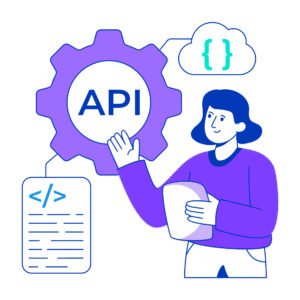
True digital transformation is achieved not when everything is automated, but when every team — from risk to operations to compliance — is empowered with autonomy and accountability.
Here are the four foundational pillars that must be in place for API-first lending to deliver its promise:
Secure Sandboxing Environment: Turning Change into a Safe Practice
In a traditional lending stack, testing a new rule or adjusting a scorecard typically requires involvement from the technology team, shared test environments, and lengthy approvals. This not only delays innovation but increases the risk of unintended downstream impact.
A modern, API‑first Lending Platform API offers secure, isolated sandbox environments that mirror production. These environments allow business users to:
- Simulate lending journeys with rule changes
- Conduct “what-if” scenario modelling
- Validate compliance impact before go-live
- Test third-party Lending API integrations with real-time data structures
What this enables is a culture of experimentation that is safe, compliant, and highly efficient. Business users no longer need to fear change. They are encouraged to explore it.
Real-World Impact
A credit head can tweak exposure limits for self-employed borrowers in a high-risk geography, simulate outcomes over historical data, and push the rule to production within a day — all without waiting for a tech release cycle.
Value Delivered
- Agile iterations without operational disruption
- Reduced go-live errors
- Higher confidence in deploying innovation at scale
Robust API Gateways: Managing Connectivity with Control
Lending API connectivity extends from credit bureaus and fraud partners to fintech distributors and co-lenders. But with great connectivity comes great complexity.
A high-quality API-first platform includes a robust API gateway that governs:
- Authentication and access control: Only approved users and partners can access specific data or services
- Version control: Ensures that upgrades do not break existing integrations
- Rate limiting and throttling: Prevents system overload from high traffic
- Real-time analytics: Tracks latency, success/failure rates, and partner usage
Think of the API gateway as your digital air traffic controller — a core of enterprise‑grade orchestration ensuring authorized, orderly, monitored connections.
Real-World Impact
When integrating with a new co-lender, your operations team can define exactly what data to expose (e.g., only post-KYC applications above a credit threshold) — with audit logs tracking every call and payload.
Value Delivered
- Secure, scalable partner onboarding
- Cleaner system architecture with fewer interdependencies
- Faster troubleshooting and maintenance
Data Security by Design: Building Trust Through Architecture
For regulated financial institutions, data security is not just an IT requirement — it is a board-level concern, a regulatory mandate, and a brand imperative.
API-first Lending API platforms must treat security as a native design principle, not a bolt-on feature.
Best-in-class systems offer:
- field-level encryption and real-time auditability, features commonly built into business process automation platforms.
- Role-based access controls to ensure that only the right users see the right information
- Tamper-proof audit trails for every change or API call, timestamped and attributable
Compliance-ready frameworks such as GDPR, PCI‑DSS, ISO 27001 (ISO official guidance).
These security protocols ensure that even as the lending stack becomes more open and modular, it does not become more vulnerable.
Real-World Impact
A lender rolling out a new BNPL product across Southeast Asia can meet local data localization laws, demonstrate real-time access control reports to regulators, and still maintain rapid rollout velocity.
Value Delivered
- Full compliance with national and international standards
- Improved regulator and auditor confidence
- Customer trust reinforced through transparency and accountability
Business-Friendly Configurability: Empowering Every Team, Not Just Technology
Perhaps the most overlooked — yet most transformative — shift enabled by API-first Lending Platform API is operational decentralization. In a legacy stack, almost every change goes through the technology team. This creates bottlenecks and demotivates business users.
An API-first, no-code/zero-code lending platform flips this model.
It enables:
- Risk teams can define credit rules through explainable decisioning software.
- Product teams to launch new offers, tweak interest rates, or set up geo-specific variants — directly from their own dashboards
- Operations teams to configure document requirements, disbursement flows, and exception handling — tailored by product or partner (Loan Origination API)
- Compliance teams to monitor data sharing, define alert thresholds, and export logs for audits — in real-time
The result is a dramatic reduction in time-to-market, faster adaptation to market signals, and better morale across teams who now feel empowered to act.
Real-World Impact
A product manager launching a festive-season loan offer can set eligibility rules, assign pricing slabs, define documentation flow, and trigger a pilot — all within a few hours. No tech dependency. No bottleneck.
Value Delivered
- Business team ownership of core processes
- Consistent rollout quality across branches and regions
- Greater organizational agility with reduced IT backlog
Final Word: You Can’t Build Tomorrow’s Lending Experience on Yesterday’s Architecture
The most successful lenders going forward will not be those who build the most. They will be those who can launch the fastest, test the smartest, and evolve the quickest — powered by a Lending API ecosystem.
If your current system slows down product launches…If partner integrations become full-fledged technology projects (Credit Scoring API, Loan Decisioning API). If your teams still depend on IT to make small changes…
Then your technology is not an enabler — it’s a liability. It is time to make your API-first Lending Platform API your moat. Because lending is no longer about capacity. It is about velocity with precision — using modular Loan Origination API and scoring components to accelerate growth safely.
And that begins by shifting to unified loan origination systems built for lending at scale, speed, and security.

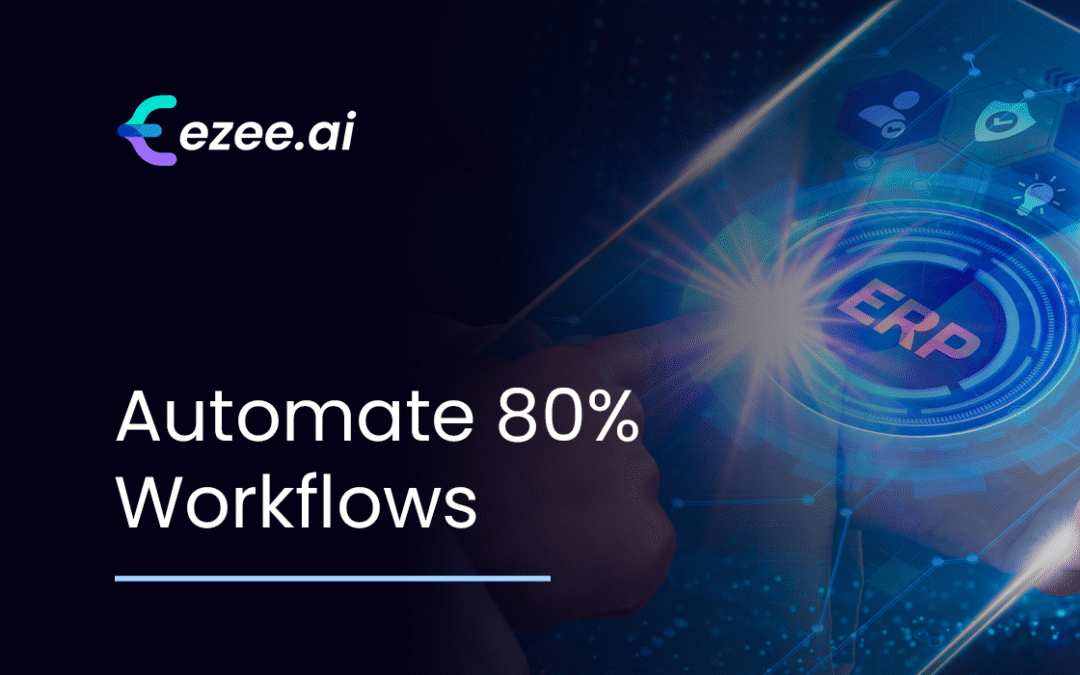

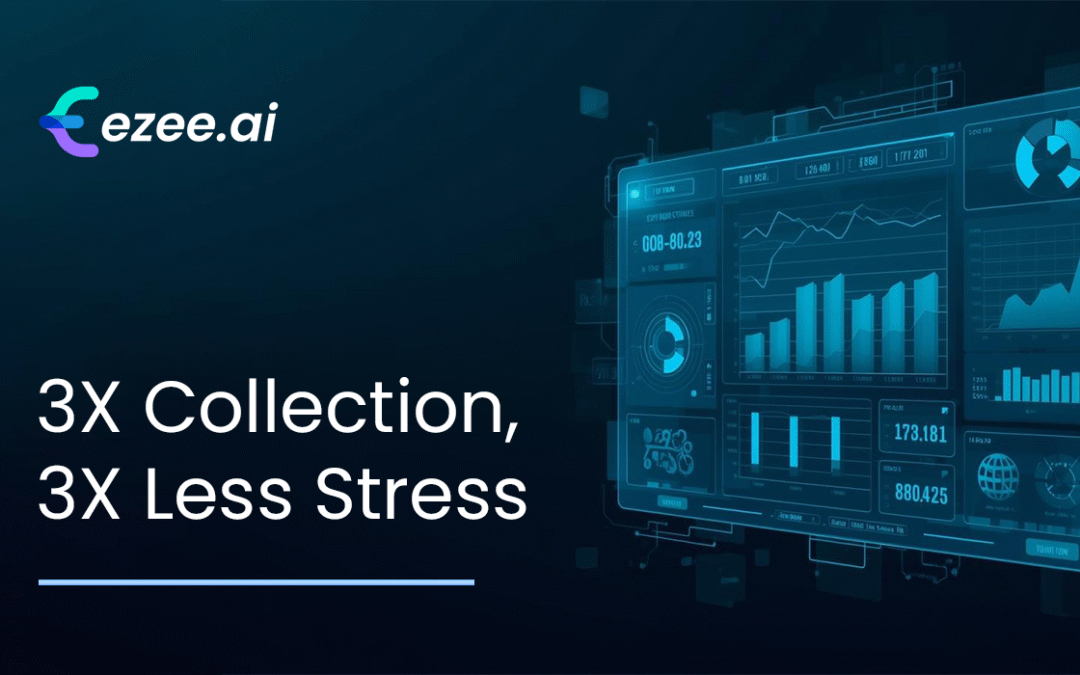
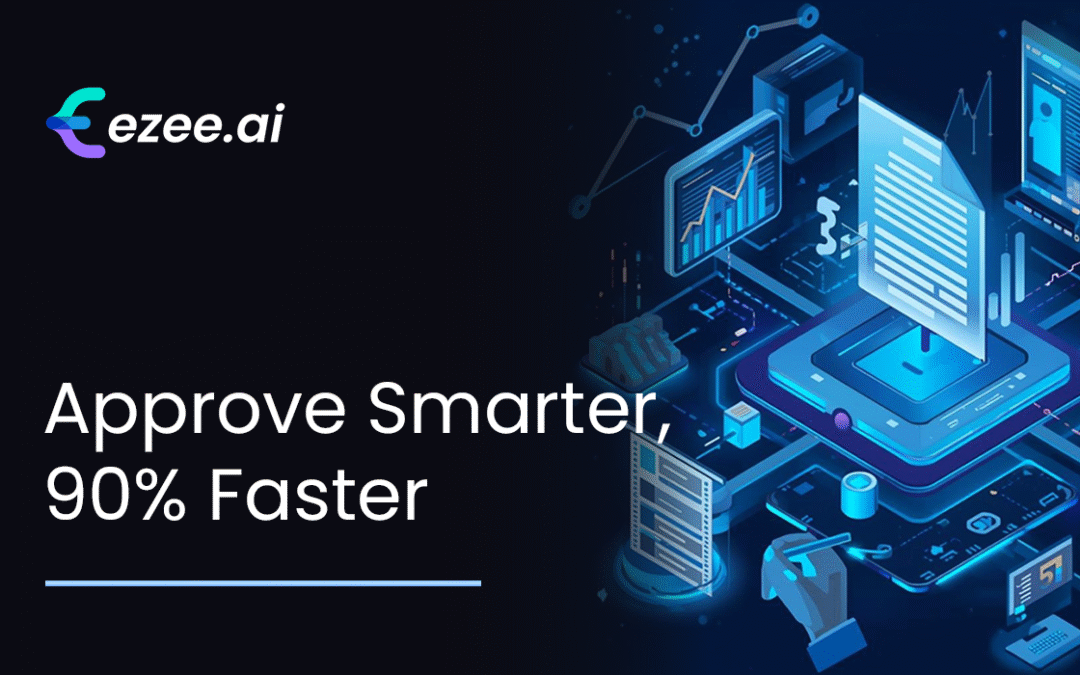



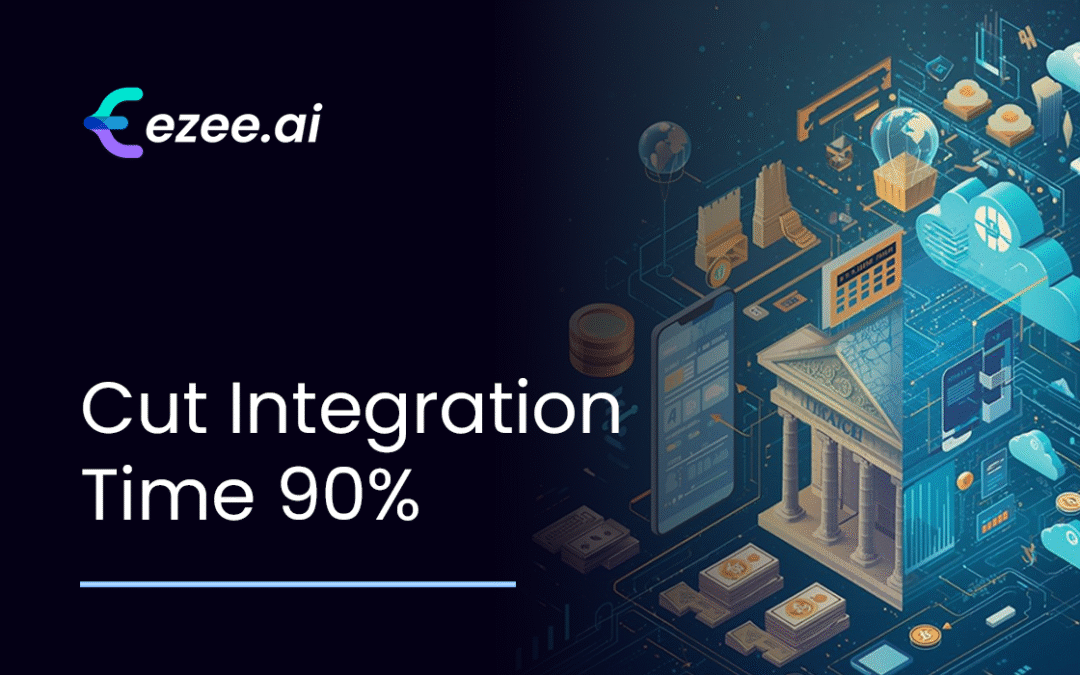
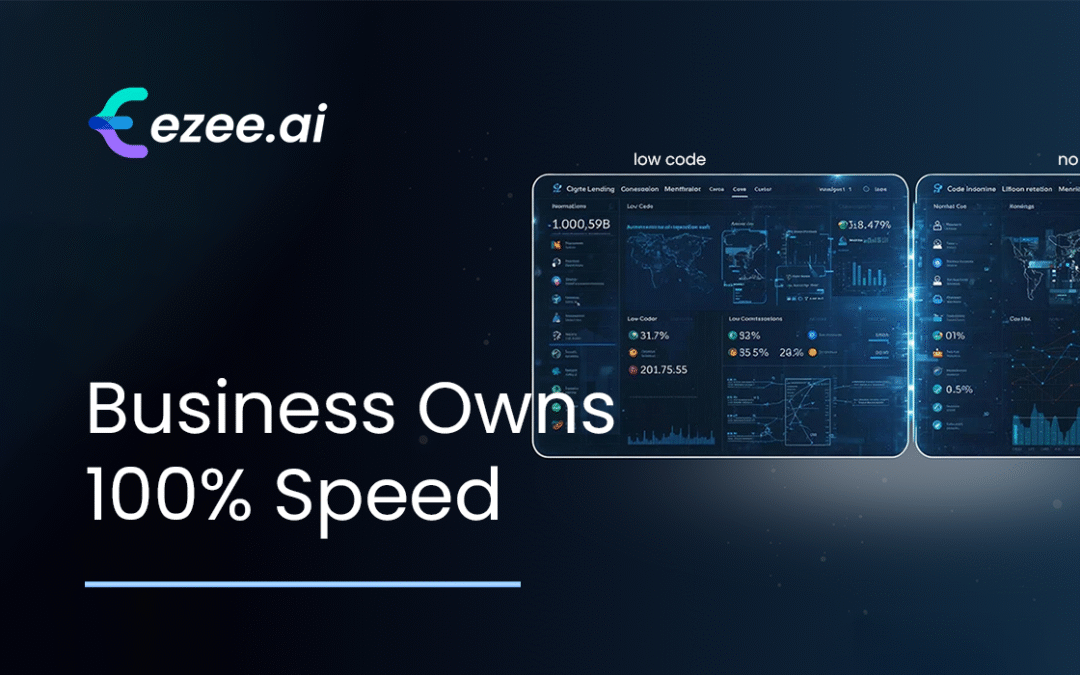
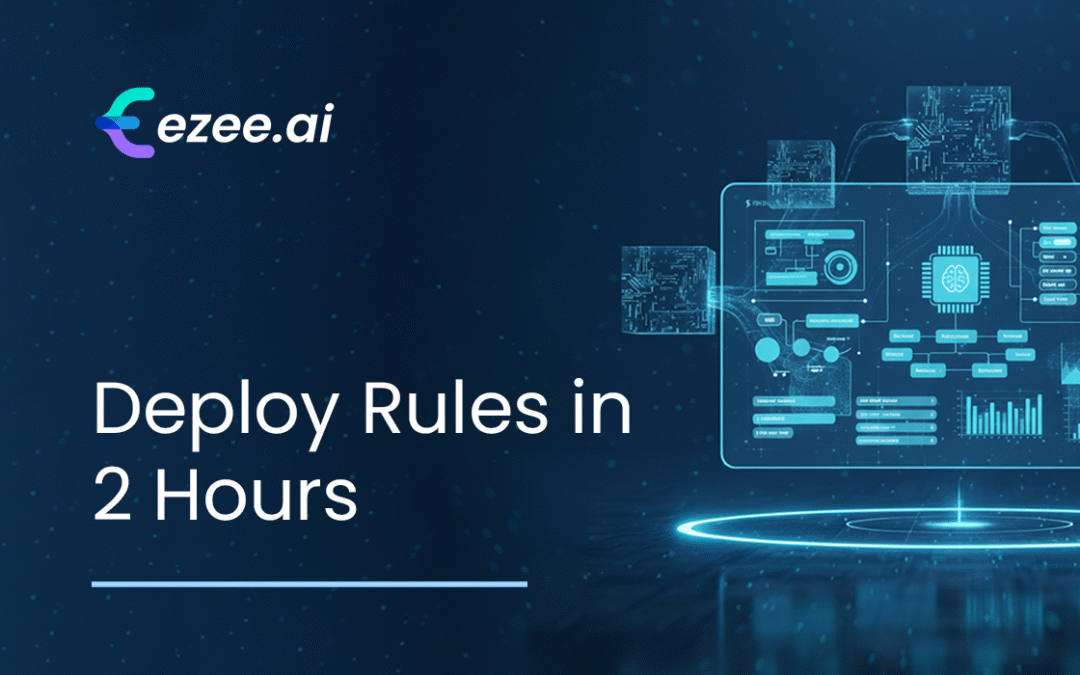
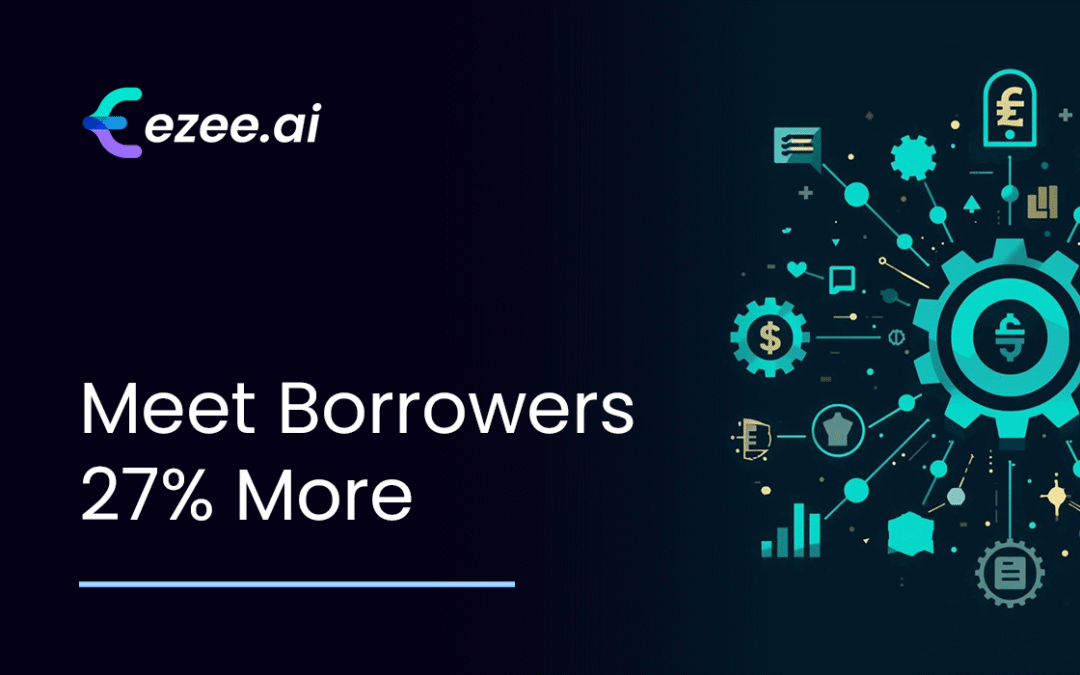
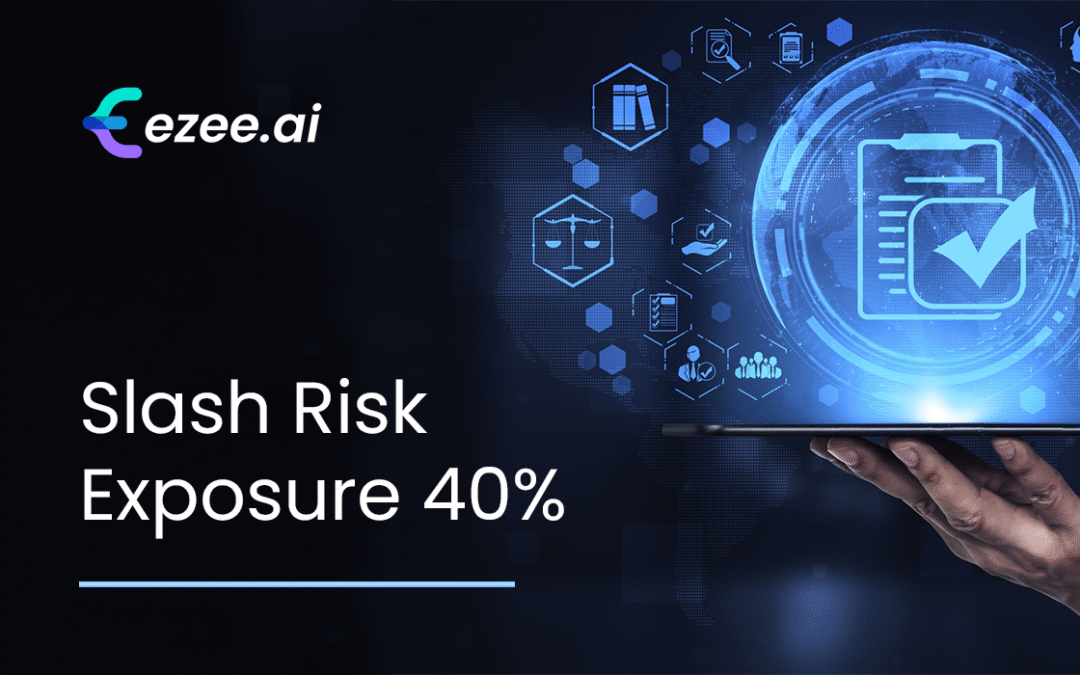
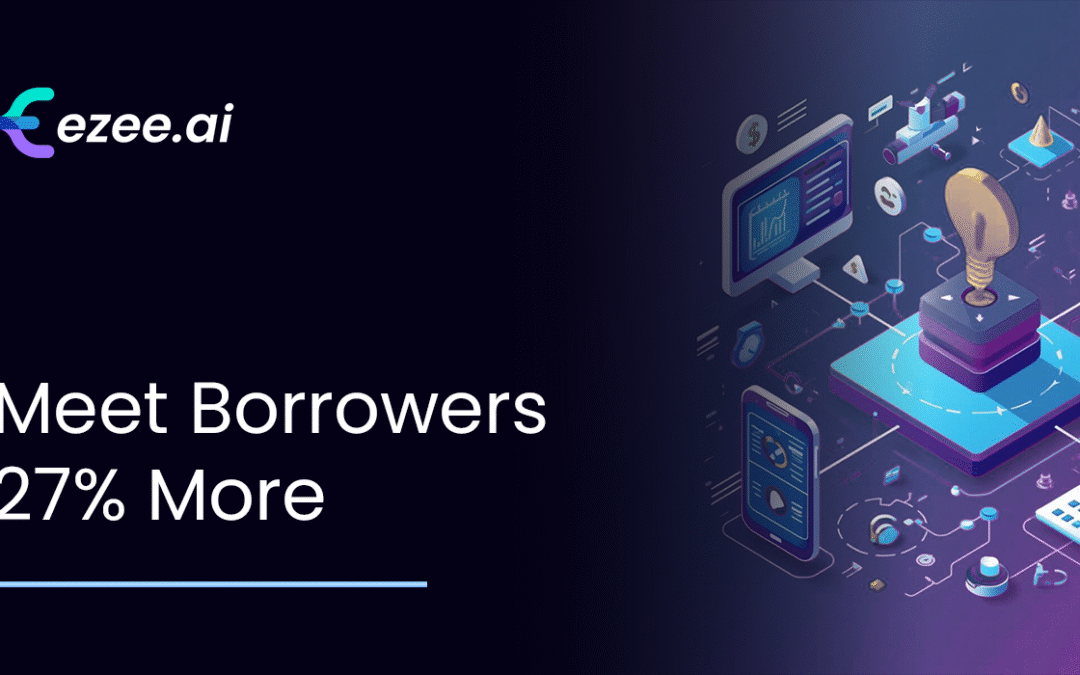
0 Comments